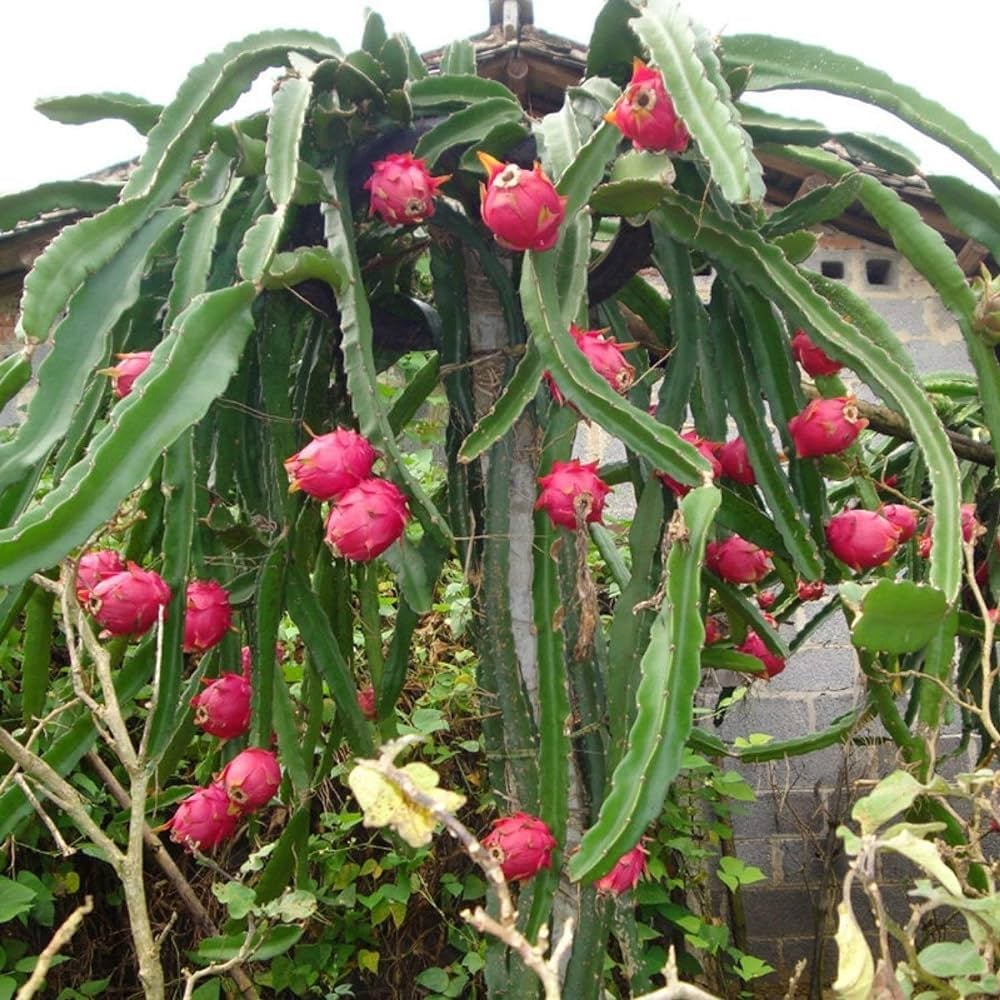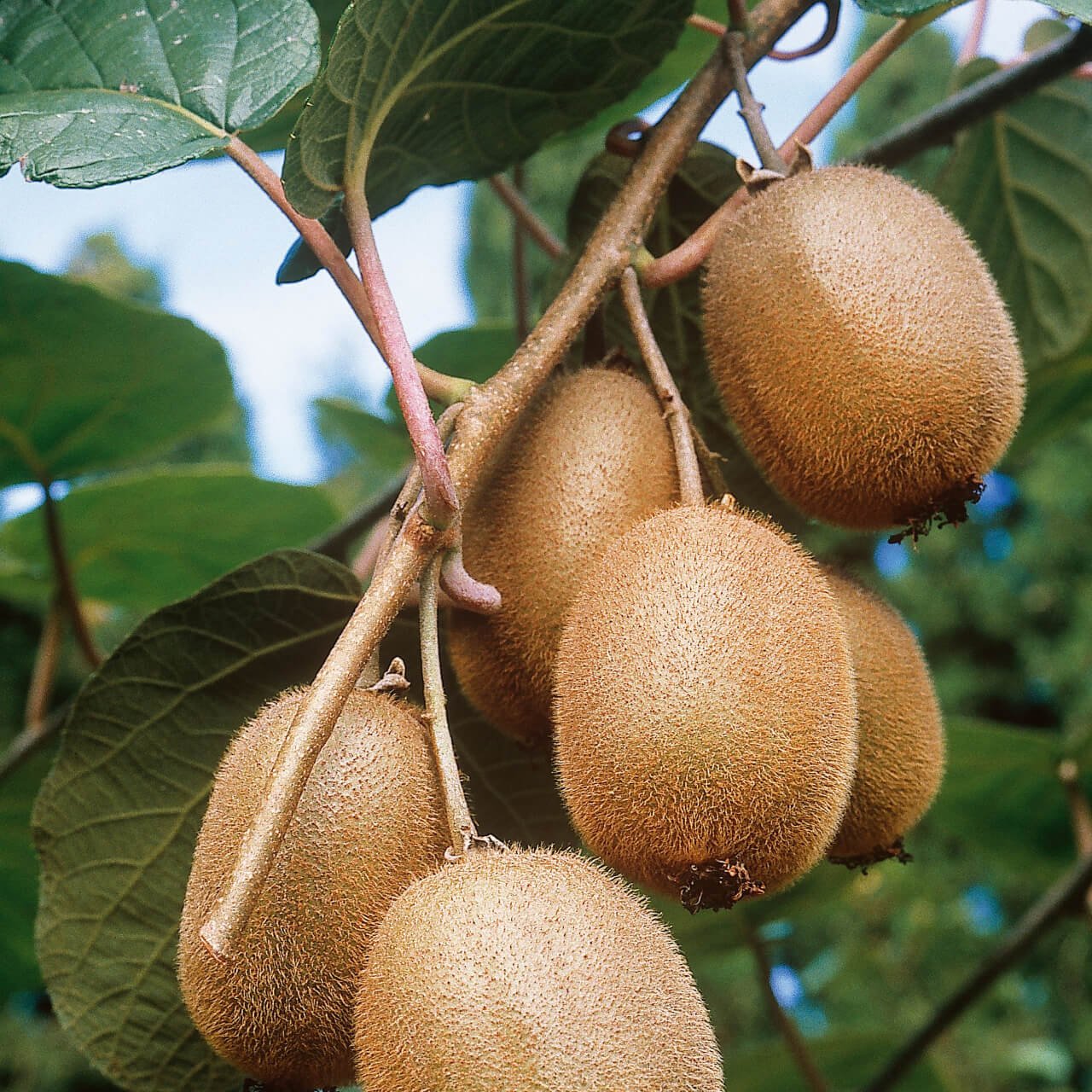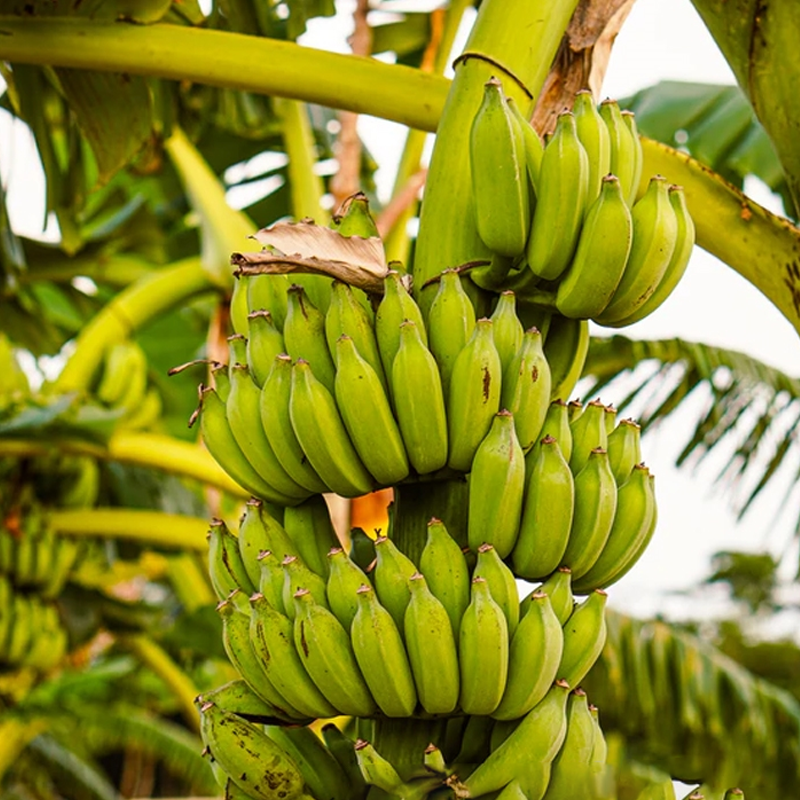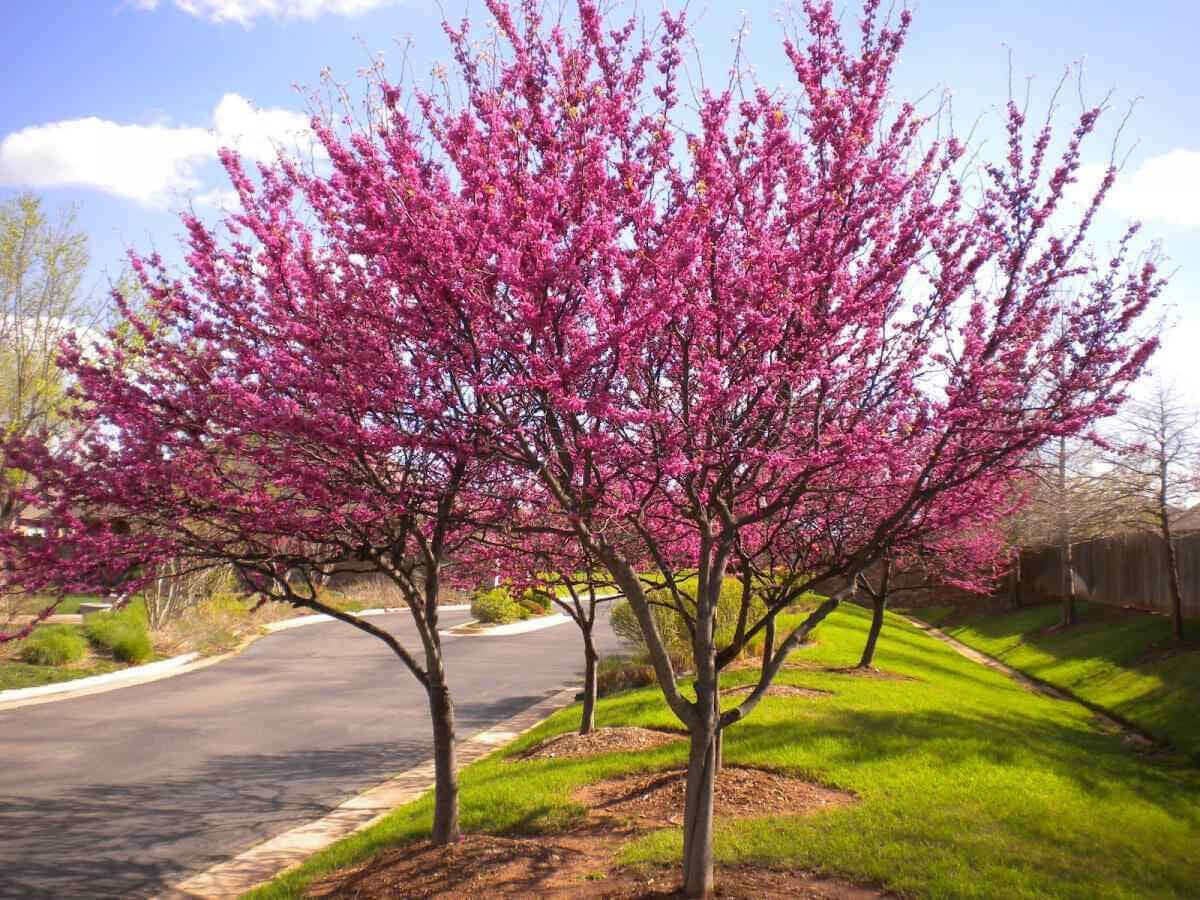



Redbud Seedlings
Stunning spring blossoms brighten landscapes
Attractive heart-shaped leaves
Provides excellent shade for small spaces
Thrives in
ZONE 4ZONE 5ZONE 6ZONE 7ZONE 8This plant ships:
Ships NowRedbud Seedlings - Cercis Canadensis
Redbud Seedlings are small deciduous trees native to eastern North America, prized for their clusters of pink to lavender flowers that bloom on bare branches in early spring before their heart-shaped leaves emerge. They are prized for their ornamental qualities and offer many landscaping benefits. These young trees, known for their vibrant blossoms and distinctive heart-shaped leaves, bring aesthetic, ecological, and functional advantages to outdoor spaces.
As you might imagine, they get their name from the buds that appear during the early spring months. Those buds create white flowers that starkly contrast other trees' bare branches.
Redbud Seedlings Make it Easy to Revitalize Your Landscape
This plant can grow to about 30 feet tall, making it perfect for various. Functions. For instance, you can use it to edge your garden or add some privacy while in the backyard. They can also be used for ornamental purposes to add color and diversity to your yard or a wooded area.
How Fast Do Redbud Seedlings Grow
Once you put a sapling in the ground, you can expect it to grow relatively quickly. You must have plenty of room for the roots to grow, as the tree does not respond well to being moved after the fact. However, the root system can provide a solid anchor if you're on a slope or near a body of water.
As the seedlings grow, they will become home to several bird species and other animals that eat the seeds the tree produces. Of course, you can also use the seeds the tree drops to grow the size of your forest or garden landscape. In some cases, the birds or other animals that eat the seeds will also transport them throughout your property, where they can propagate independently.
Redbud Seedlings are easy to plant and take little maintenance after being put in the ground. However, they can be susceptible to pest damage as they sprout and grow. Therefore, you'll want to make sure that you take proper precautions to keep your seedlings healthy. On average, this plant will last for about 30 years, so you'll have it for most of your life if cared for properly.
This Is How Your Plants Will Look upon Delivery

Bloom Season
Spring
Bloom/Foliage Color
Pink
Height at Maturity
Over 25 Feet
Care
Redbud seedlings thrive in well-draining soil with regular watering, especially during dry periods. Fertilize in early spring. Trim to keep form and clear any damaged or crossing limbs. Keep them weed-free to ensure healthy growth.
Plant Reproduction
Redbud seedlings spread via seed dispersal, animals, and root suckers
Plant seedlings in early spring or fall when temperatures are mild. Choose a well-drained site with the proper sunlight for the tree species. Dig a hole that's deep and wide enough to support but not hamper the root system without bending or crowding the roots. Place the seedling in the hole, ensuring the root collar (where the roots meet the stem) is level with or slightly above the soil surface. Fill the hole with soil, and pack it around the roots to remove air pockets. Water thoroughly after planting and keep the moisture consistent, especially during the first few years, to help the roots establish. Put a 2-4 inch layer of mulch around the base, but keep it away from the trunk to retain moisture and prevent weed growth. Protect the seedlings from pests and physical damage with suitable guards or fencing. Tree seedlings will thrive and grow into strong, healthy trees with proper care.
Shipping date depends on the date displayed and chosen when you order from the product's page.
We only accept returns on plants verified dead. If you think your plants have died, we offer a 1 year warranty, please use this File a Claim Link to verify dead plants and start with return warranty process.





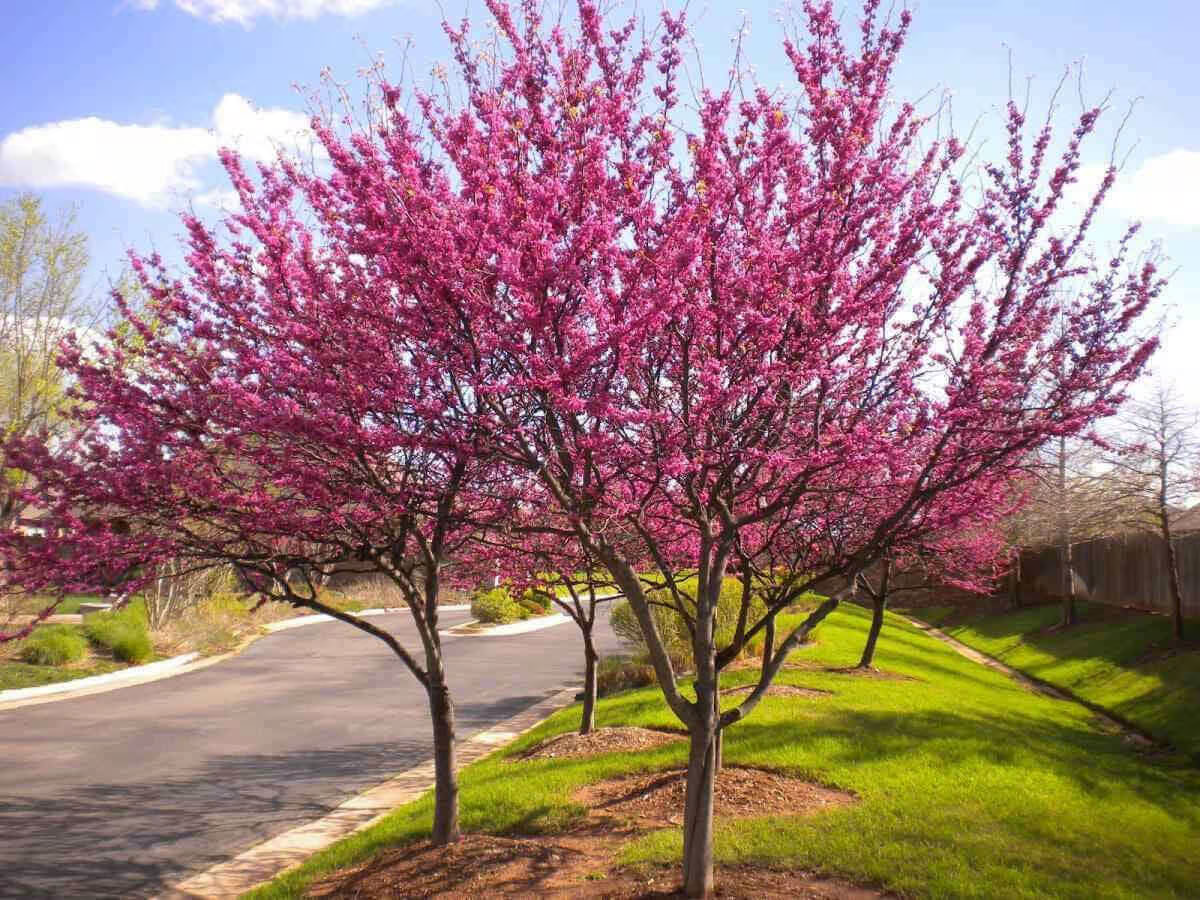
Early Blooms:
Vibrant pink flowers appear in early spring, brightening your garden.
Unique Heart-Shaped Leaves:
The seedlings will grow into trees with distinctive heart-shaped leaves, adding a unique visual appeal to your landscape.
Compact Growth:
Redbud seedlings are ideal for smaller gardens or spaces, offering beauty without overwhelming your yard.
Wildlife Friendly:
These trees attract pollinators like bees and butterflies, enhancing the biodiversity of your garden.
Caring Tips
How do I care for my Redbud Seedlings?
Each box contains detailed care instructions and information about your product. But here's the basics.
Care Tips
Redbud seedlings thrive in well-draining soil with regular watering, especially during dry periods. Fertilize in early spring. Trim to keep form and clear any damaged or crossing limbs. Keep them weed-free to ensure healthy growth.
Light Requirements
Redbud seedlings thrive in complete sun to part shade. Ideally, they need to receive 4 hours of direct sunlight daily. While they can tolerate some shade, optimal growth and flowering are achieved with more sun exposure.
Hardy Planting Zones
4 • 5 • 6 • 7 • 8
Header
Use this content to share information about your store and products.
Frequently Asked Questions
How often should I water my plants?
How do I know if my plant is getting too much or too little sunlight?
What should I do to prepare my plants for winter?
What are the signs that my plant needs fertilizing?
How can I prevent pests from damaging my plants?
How do I choose the right plant for my climate zone?



